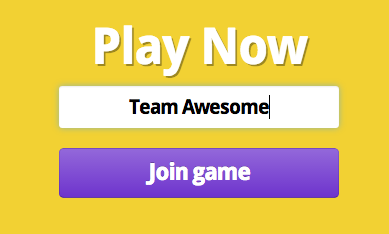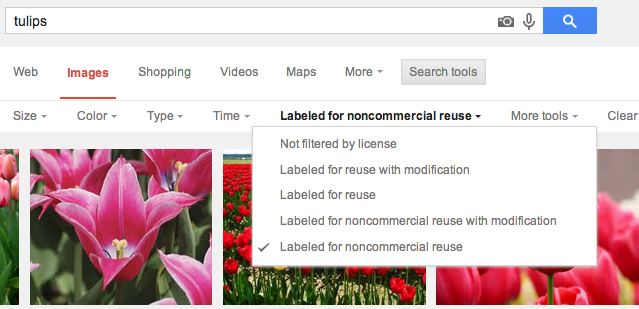Throughout the year, I'll take a quick moment to let y'all know how I've used different Web 2.0 resources in my day-to-day classwork. Hopefully these will give you quick ideas that you can easily translate into your own classes right away!
This morning, I had a seventh grade class that was really struggling with group work. They were tasked with examining different elements of Chuck Berry's music and create a digital display/museum exhibit to teach users about his music. However, most of the groups were off-task, interruptive, and some were being downright rude to or dismissive of their group members by the end of yesterday's class period.
In order to move on and work past a pretty discouraging day, I started class by launching a TodaysMeet room, posting a QR code for the room on my screen, and asking the students to brainstorm on the site...
- What are characteristics of good groupwork?
- What does good groupwork look like?
- What does good groupwork sound like?
- What should your teacher see in a hard-working group?
Some of the answers were funny ("I'm hungry... good groupwork includes snacks.") but rather than get upset with those entries, I let them go because the class on the whole was laughing and having fun with it. If I had chosen to express frustration, it would have squashed any future sharing from that particular student. Instead, it became a common thread, and interspersed with really constructive comments were more takes on that joke from a variety of students ("Group members provide twinkies.")
Once they were done and I set them off to finish their projects, I left their brainstorm on the screen and a few times I did remind them of their OWN groupwork expectations. This was so much more effective than using my own words. To take it a step further, I isolated the action/description words and created a word cloud using Word It Out**.
Now we have a visual reminder of the class' expecations for groupwork as we move past a bad day and look forward to better days of collaboration.
** Word it out does NOT require Java, so its a great option for Mac users!






























